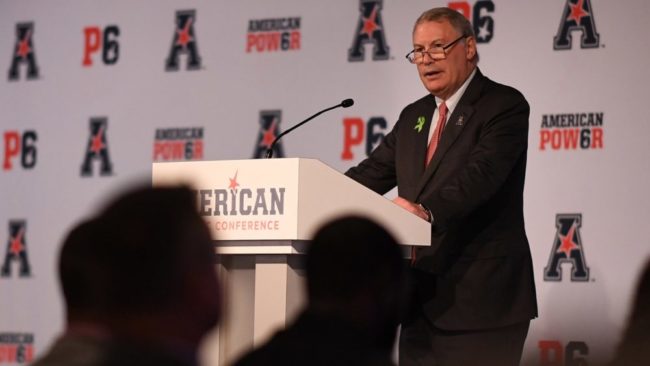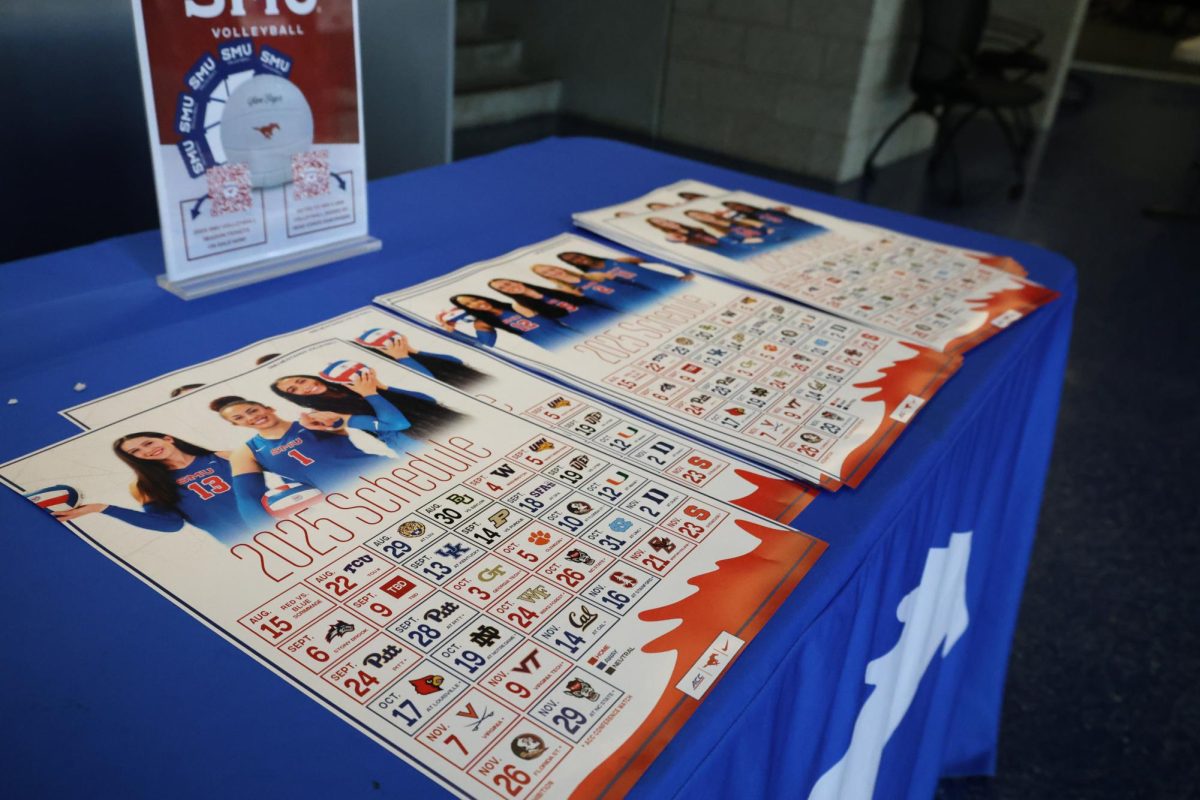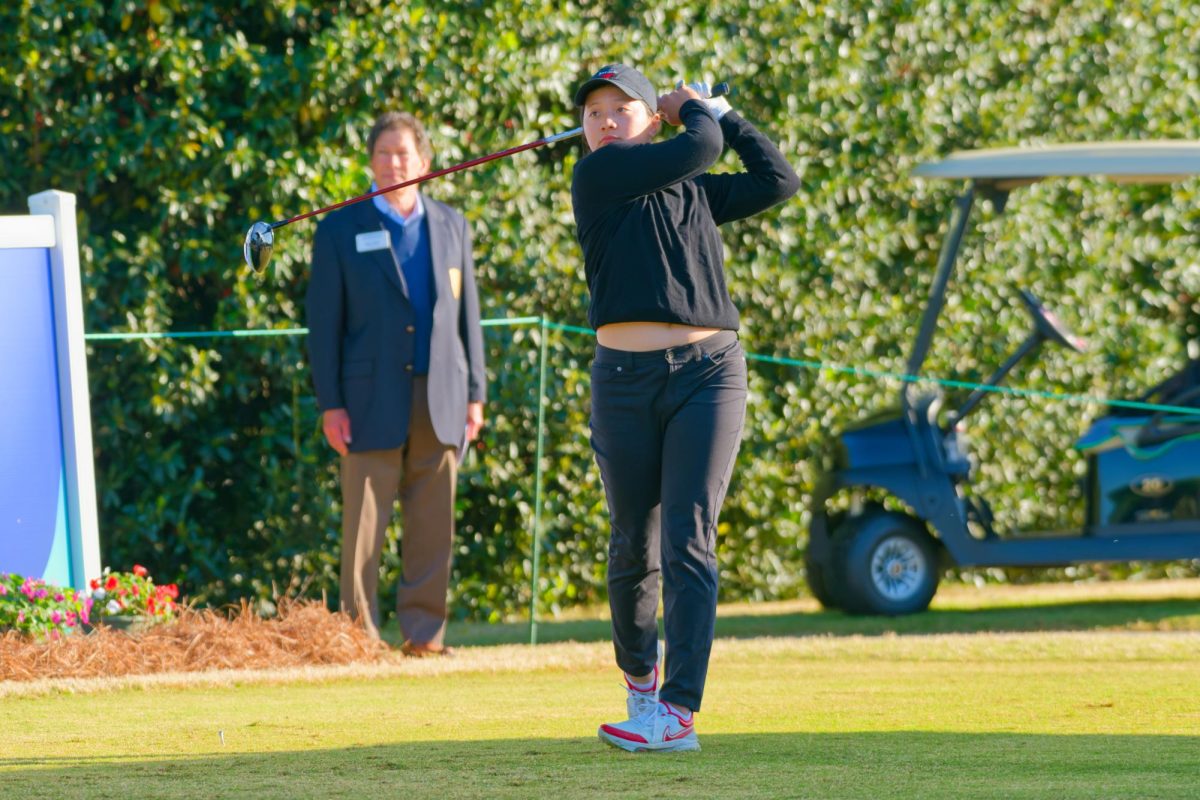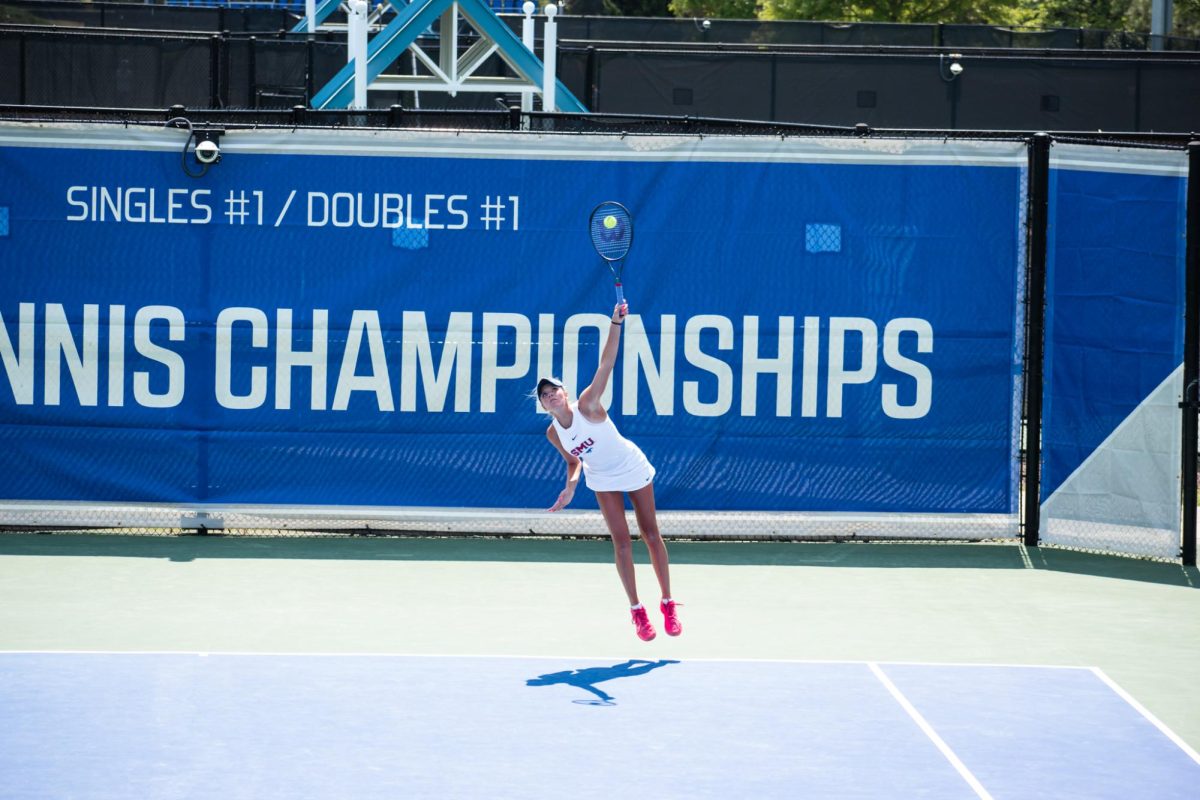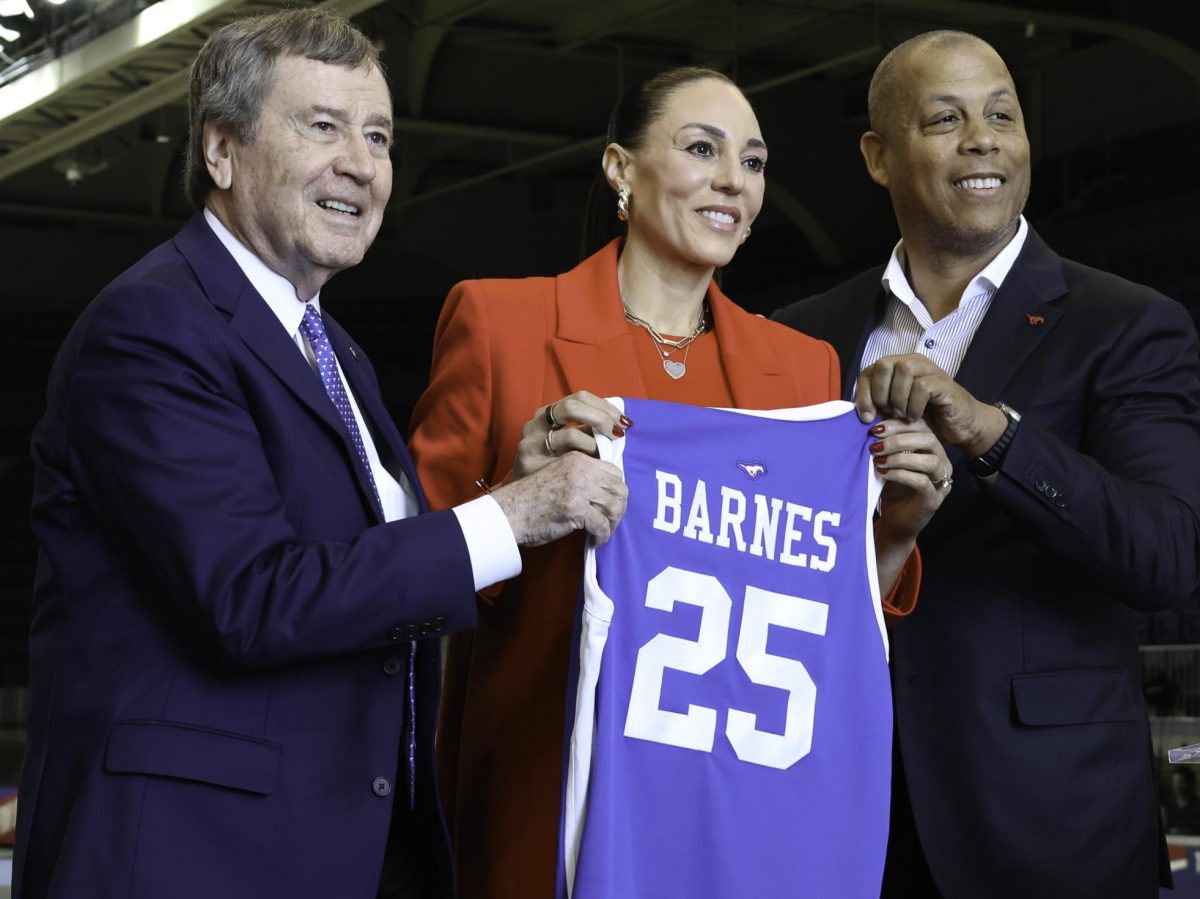The American Athletic Conference completed another week of meetings concerning the viability of a fall sports season on Friday.
Commissioner Mike Aresco indicated that a decision on the college football season could come by the end of July. Olympic sports will likely hear an update on their respective seasons even earlier than that.
Aresco spoke with The Daily Campus on Thursday afternoon about a number of issues the conference is currently weighing.
Among them, the commissioner discussed the conference’s preference to play sports in the fall, testing protocols and potential scenarios for what a college football season would look like.
Decision Dates for Football, Olympic Sports
While some conferences have started to roll out polices for the 2020 college football season, the AAC has largely stayed silent on the issue.
The Big Ten and Pac-12 have already canceled non-conference games. The Ivy League will not play fall sports altogether.
Aresco said the conference will announce its plans for football by the end of July. That announcement, he said, will be guided by the input of a medical advisory board.
“As Dr. Fauci said, the virus is going to determine some things we do. We were more optimistic several weeks ago than we are now,” Aresco said. “That doesn’t mean we have lost optimism. We still potentially think we could play fall sports. We are going to do everything we can to see if we can do it safely.”
Olympic sports, namely soccer, volleyball and cross country, will likely get their decision in the coming weeks. The reason for a faster timeline for Olympic sports hinges on the current proposed schedule. Most Olympic sports begin the season in August instead of early September like football.
“A lot is going to depend on what the virus does in Texas and Florida in the coming weeks. But, the more time you buy, the more opportunity you have to see what is happening in that area,” Aresco said.
Spring season a ‘last resort’
Many prominent head coaches around college football, including Oklahoma’s Lincoln Riley, have floated the idea of waiting to play football until the spring.
Aresco indicated the AAC views this proposal as a “last resort.” At the moment, the conference is still planning on starting the football season on time. If that cannot happen, however, Aresco would prefer having a delayed or shortened fall schedule.
The AAC’s first strategy right now is “buying time.” The conference would rather not decide the fate of the entire season right now. Delaying the season, instead of moving it to spring, would give the conference more time to analyze the landscape. Aresco said a delay in the season would allow his staff until August to make a long-term decision.
“We don’t know what we are going to do yet. We are hoping to start our football season on time,” Aresco said. “We really want to buy as much time as possible because it is an important decision. Spring football is really a last resort for us. There are a lot of problems with it.”
One of the main issues with a spring football season would be the potential of compromising a 2021 football season. Placing college football in the spring, and then playing again in the fall of 2021, would be a strain on student-athletes.
“How many football games can you play in a compressed time during a calendar year? There are some real issues with that,” Aresco said.
TV contracts would also be altered. The AAC signed a 12-year contract with ESPN in 2019 to have its football and basketball games broadcast on ESPN networks. USA Today reported the contract was worth $1 billion over the lifetime of the deal. It is unknown how the contract would be affected if football was moved to the spring and both basketball and football played at the same time.
“Those are things we don’t know. I think the one thing we will do is roll up our sleeves and tackle the problem as best we can just as we have done the last four months,” Aresco said. “… We want to be rational in our thinking. I don’t know where we will end up.”
Some schools not playing, different number of games for each team?
Aresco said a frequent topic of discussion internally is whether the conference could potentially have a season where not all of its member schools play.
The AAC has member institutions all over the country, some in current coronavirus hotspots. Houston and SMU are located in some of the cities with the highest rates of infection. UCF and USF, both located in Florida, are facing the same issue.
Aresco indicated that the conference is looking at individual cities and determining how safe it is to play at each school. He also noted it is not an issue unique to the AAC, as many conferences have member institutions spread around the country.
“It is going to be a tough decision. We did think, for instance, if nine or 10 of our 11 schools could play, we would be inclined to have them play,” Aresco said “The school that couldn’t play didn’t want to hold the others back.”
Everything, Aresco noted, is subject to change.
Another possibility the conference is considering it to have some schools start the season earlier than others. Schools located in coronavirus hotspots could potentially delay their seasons and elect not to play non-conference games. The conference, however, would prefer every school to play all eight conference games.
“It is possible for some schools to play a different number of games. Although we would like to have a standard number of conference games. Those are all things that are, again, part of a very fluid situation,” Aresco said.
Testing baseline, once a week
The AAC released its mandatory, baseline testing protocols for football on Thursday morning. It stated that each player, coach and person involved in the gameday process would have to get tested 72 hours before the game.
That, Aresco said, it just the preliminary testing policy that could be added to as time goes on. The conference will release testing mandates for basketball and other Olympic sports in the coming weeks.
“If schools exceeded it, we would absolutely be happy to see that. But, right now, we don’t know if they can,” Aresco said.
If more advanced rapid response tests become available, the testing policy could change. A faster test would allow the conference to test players closer to the day of the game and mitigate potential holes in the testing system.
Right now, the conference believes the Molecular PCR test, that takes 72 hours to produce results, is the most reliable.
“72 hours is what I think the A-5 will propose for their mandatory testing protocols. That is because you need time to get the results back. You could have a false positive,” Aresco said, listing several potential hiccups that would require more time to solve.
The cost of testing is significant. Individual schools will foot the cost of testing players. The conference does not receive information on the exact dollar value each school is paying for an individual test.
“It is not cheap to do this. It is very expensive but it had not been a factor (in creating the baseline standards),” Aresco said.
Stoppage once the season begins?
If the AAC elects to start playing football this upcoming fall, Aresco said the conference will continuously evaluate the safety of each member city as the season progresses.
The rate of infection among student-athletes, the availability of tests in each community and community spread will be factors in the decision to keep playing or shutdown the season. Like many other conferences have said, there is no exact threshold that would automatically trigger a stoppage.
“I can’t tell you what the exact numbers would be that would cause us to make certain decisions,” Aresco said. “But, our medical group is all over this and they will certainty have a big say.”
“But, we think that in a controlled environment on campus that student-athletes would be safer than if they went home and they weren’t being tested. They (wouldn’t) have access to our incredible facilities where the sanitation and hygiene is at the highest level,” Aresco said.



